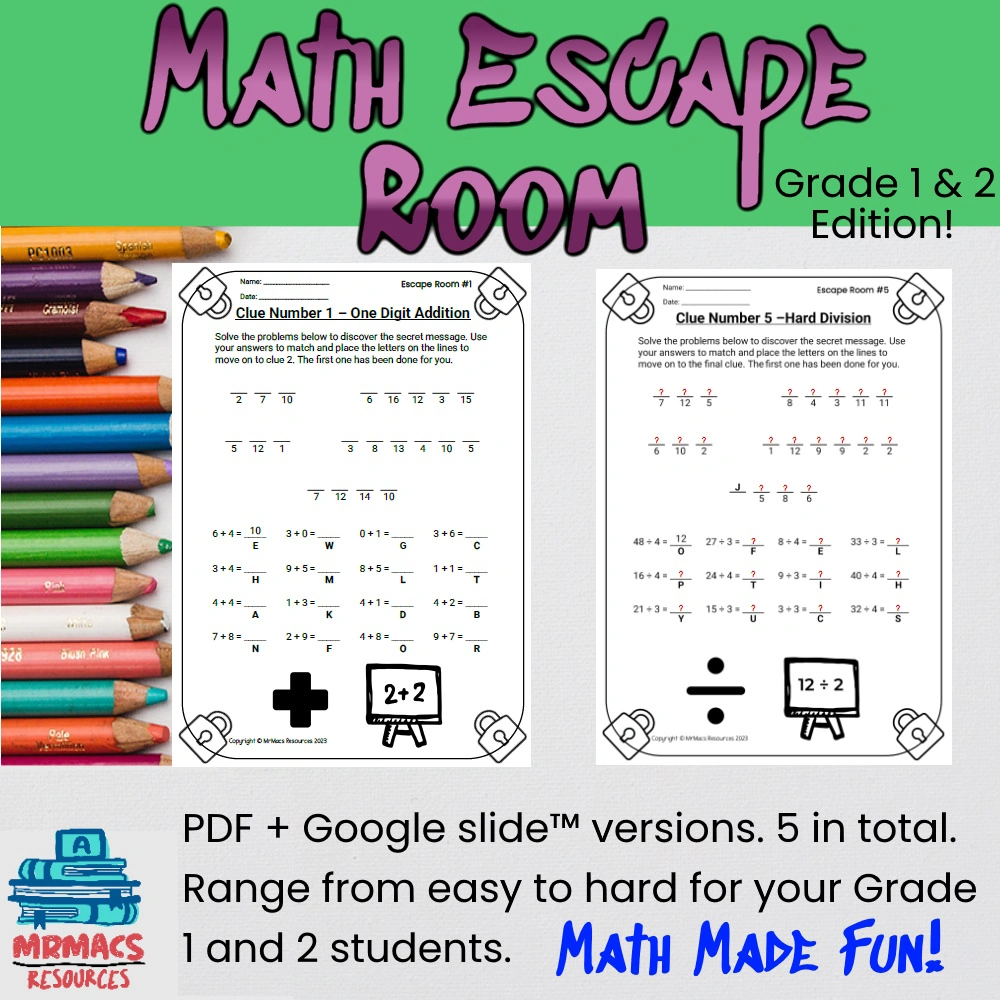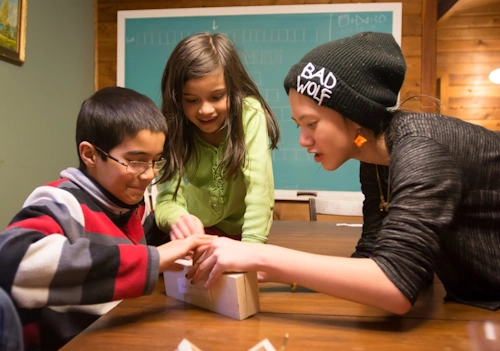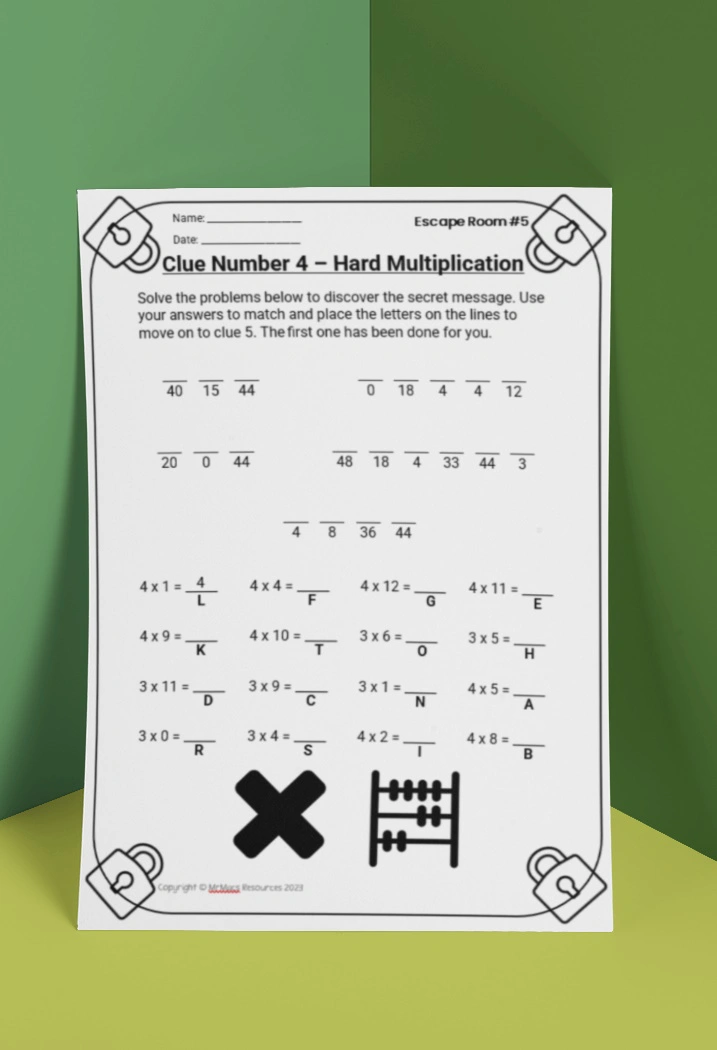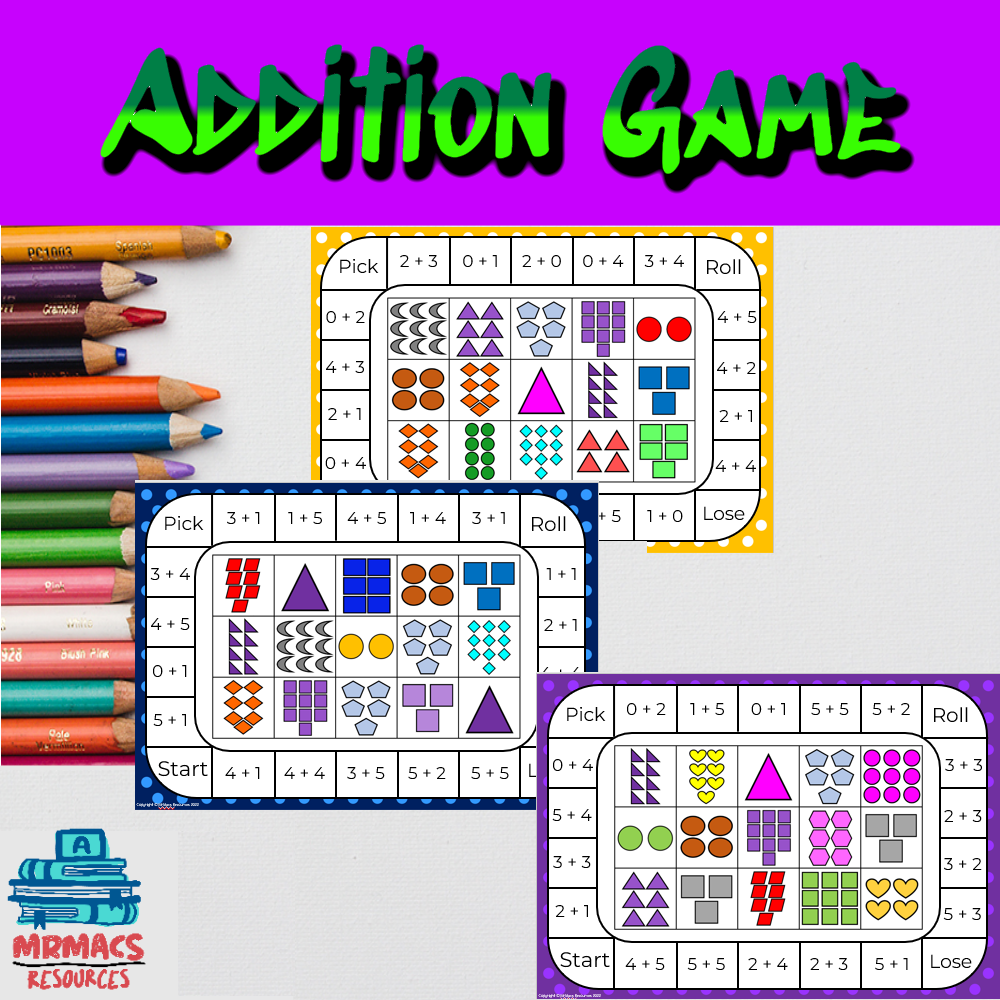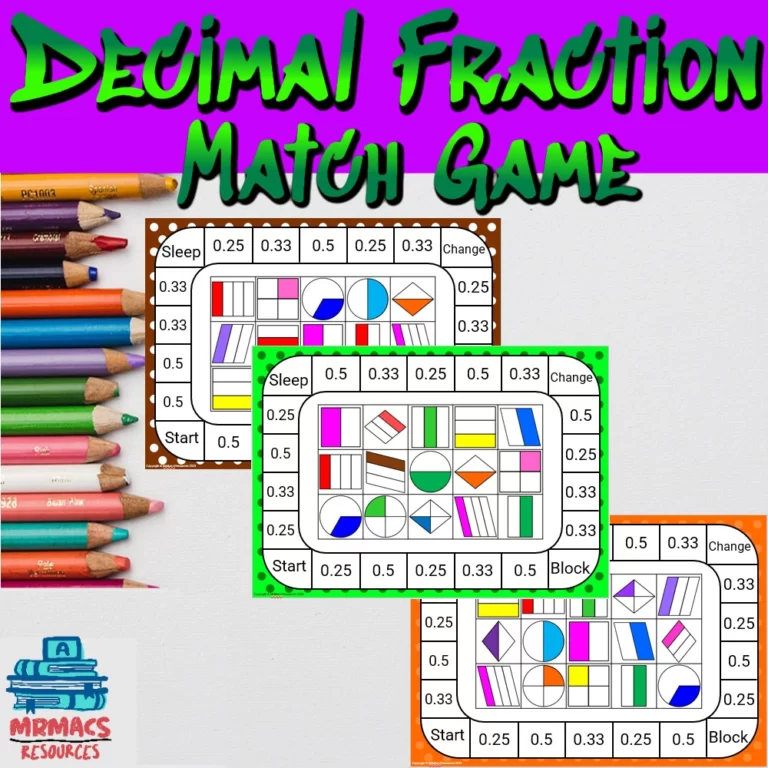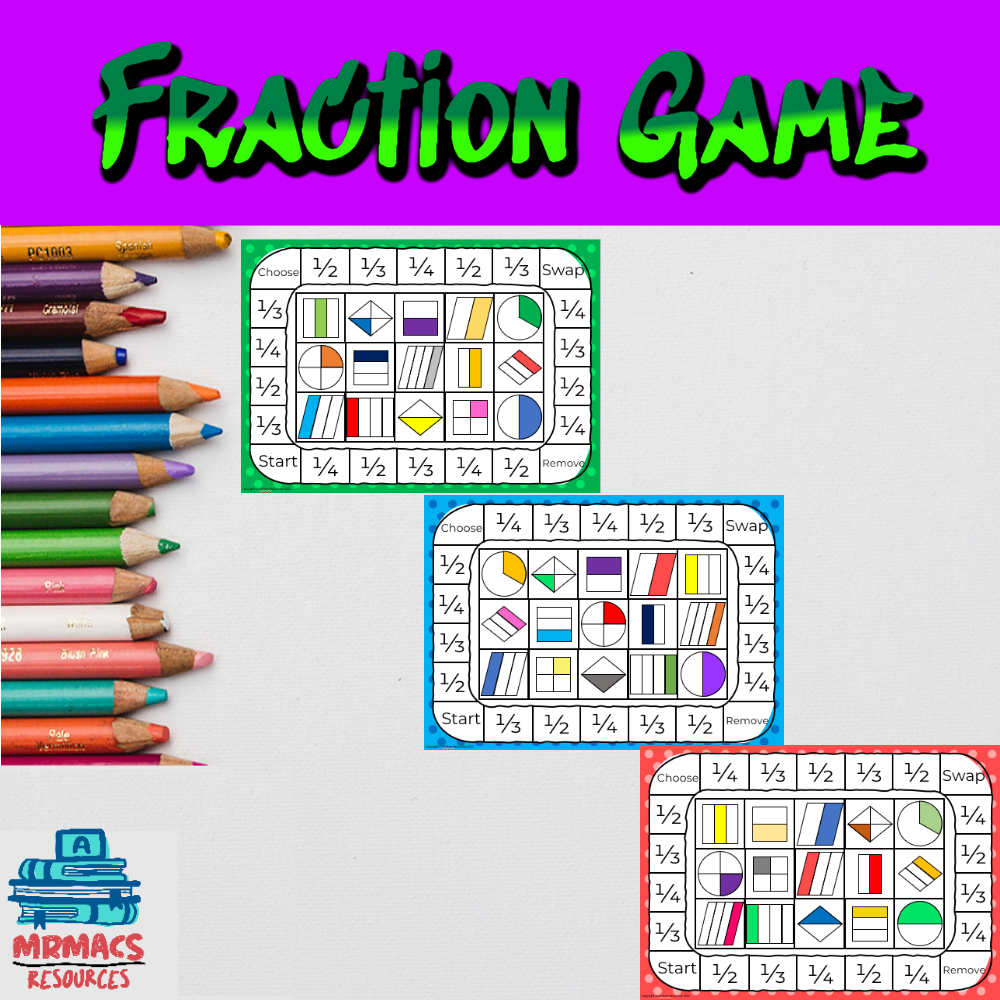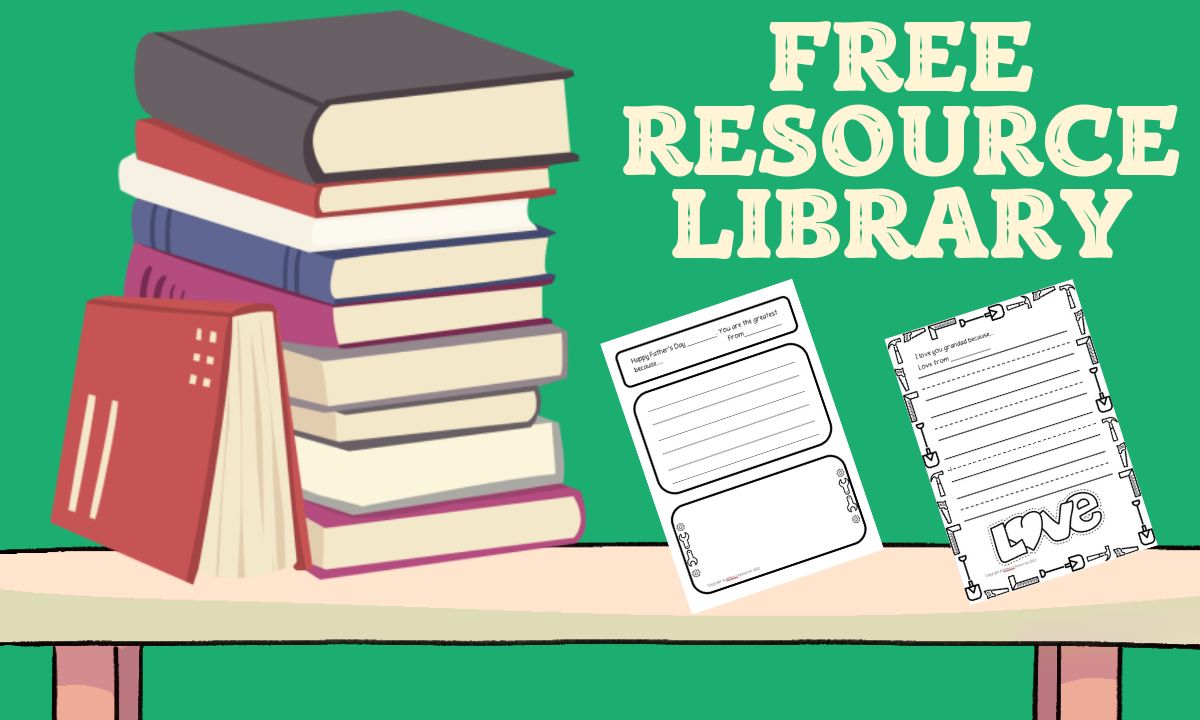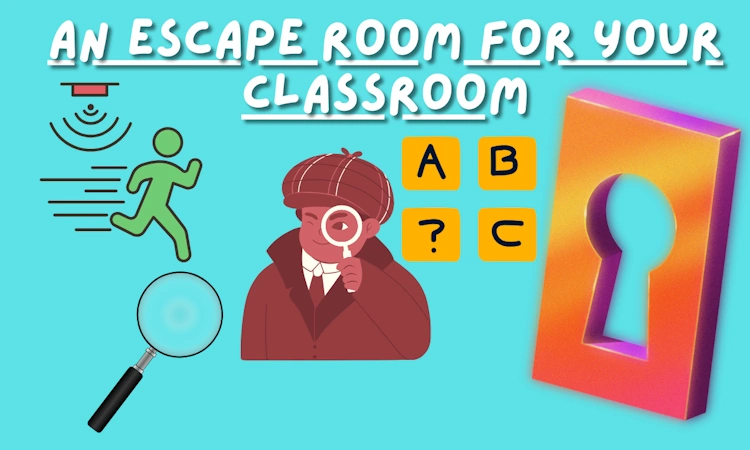
Have you ever wondered if you could implement an escape room in your classroom? Is it even possible? Wondered how it might look like or if it could be done with younger grades? Well, I am here to tell you that yes indeed it is possible! This blog post will discuss what an escape room might look like in your classroom and how it can be implemented.
Why have your Students Complete an Escape Room?
What is an Escape Room?
What Does an Escape Room Look Like in the Classroom?
In the classroom it can be done in several ways. One way of doing it is to pick an area of study. This blog post will choose Maths as the subject area. Next thing to do is to set the scene…
Setting the Scene
Setting the scene will give your students a means to an end. It provides them with a reason to complete the escape room. Setting the scene involves you writing a short story introducing the escape game and a problem that has arisen. So, for example, something has gone missing or stolen etc. Students are then told they need to solve various clues to find the thief. Subsequently, you then need to make up a number of clues.
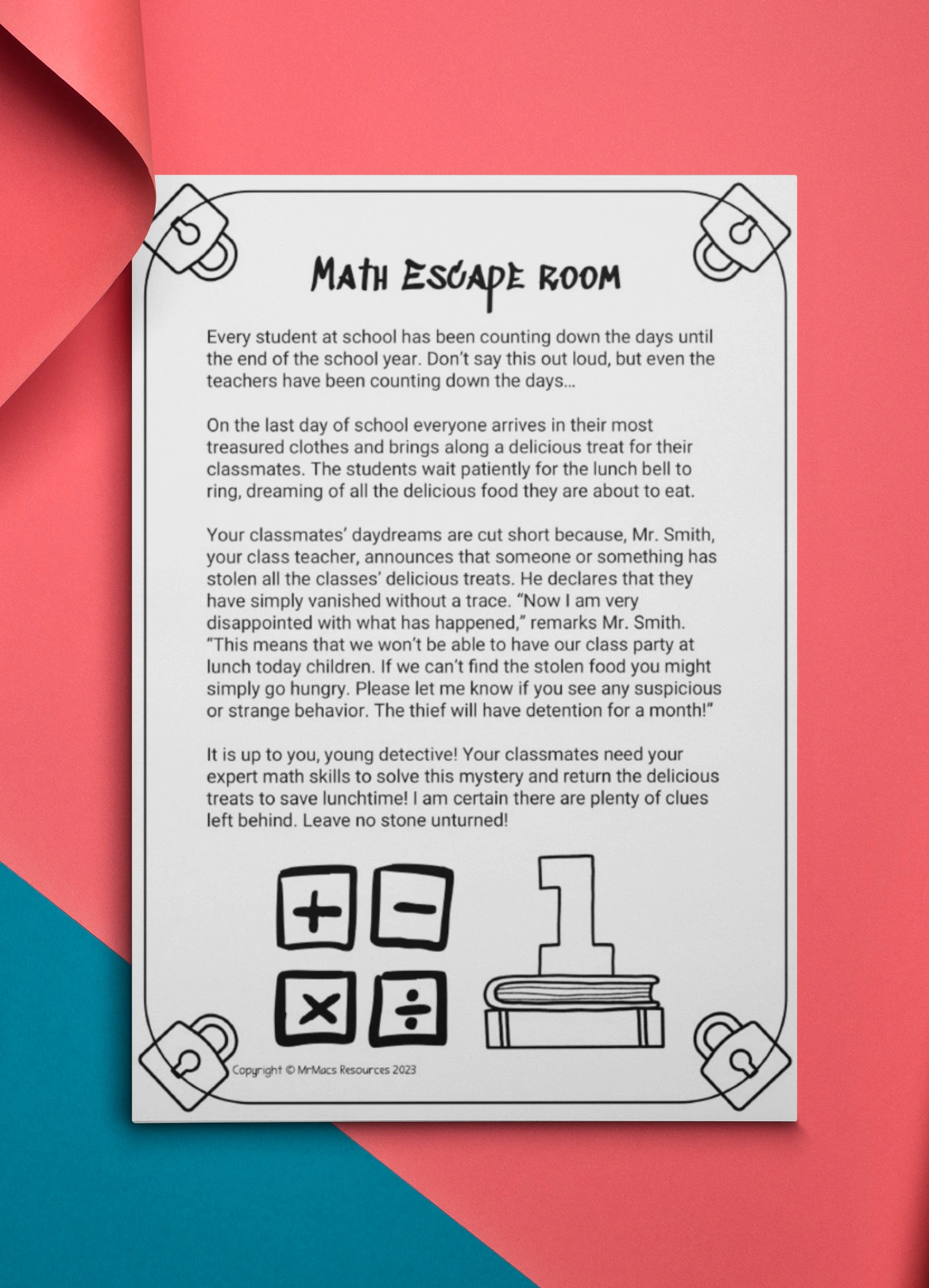
Make up Clues to Solve your Escape Room!
At this point in time, you need to decide how many clues you would like your students to solve. This is up to you and the needs of your students, but about 5 would be best. Now getting back to my Maths example, you need to ask yourself what I want my students to learn or focus on? Read on to learn more about picking a focus area.
Choose your Focus Area!
How Hard or Easy Should the Clues be?
What I suggest you do is to start with an easy clue to solve and make each clue get slightly harder to solve than the previous clue. This way you establish a theme of clues that get more difficult than the previous one. Your students will feel excited and motivated to solve the next ‘harder clue.’
Wrap Up or Final Clue!
So, your students have solved all your clues now what? Well, what I suggest you do is to have a final clue or a set of instructions for your students to feel like they have accomplished something. You could for example, have your students put all the clues together to finally solve the mystery and get out of the escape room.
Reward!
Your students will appreciate a tangible reward when they escape or complete your escape game. In my escape room, as it stated receiving a cake, I give my students a cupcake when each group of students put all the clues together and solves the final clue to my escape puzzle.

Conclusion
With these steps you too could design your own escape room or get one of mine on TPT. Once you get started, and get into a rhythm, it is not that hard. Yes, it takes time, but you can quite easily reuse your escape room multiple times with multiples classes. As they say the first one is the hardest. The best part is your students will be learning and having fun while doing so.
The first escape room I designed was based on Maths (the four operations), what will your first escape room be based on? Tell me below!
Other Games You Might Like
Want Access to my Free Resource Library?
About The Author

Hi! My name is Mr Mac. I am a K – 6 teacher. I love to create resources for teachers to make their teaching lives easier.
